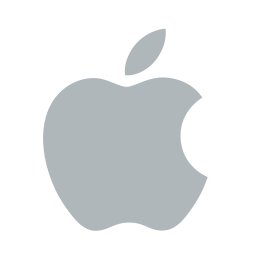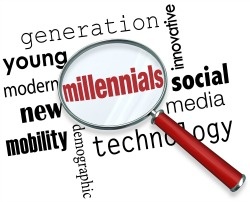Ticker Symbol PYPL and Credit Union Mobile Payments
 PayPal (PYPL on the Nasdaq) started trading as a stand alone company yesterday as eBay spun it off. Traders voted with their wallets and shares of PayPal rose more than 5% on the day. Why? Two words: mobile payments.
PayPal (PYPL on the Nasdaq) started trading as a stand alone company yesterday as eBay spun it off. Traders voted with their wallets and shares of PayPal rose more than 5% on the day. Why? Two words: mobile payments.
Remember the early days of the internet? Think back to the late 1990's, people were nervous to buy stuff online as it was hard to pay for things securely. PayPal solved this problem by becoming the 'middle man.' They became so good at this role that eBay bought the company in 2002 for $1.5 billion from founder Elon Musk. Musk, of course, is the real world 'Tony Stark' who took his billion dollars and built Tesla Motors and Space X instead of an 'Iron Man' suit. Those two companies today are worth a combined $32 billion.
What about PayPal? After trading on Monday, PayPal closed with a market cap of $46 billion. Maybe Elon Musk's first idea was his greatest?
Now that card transactions online have become more secure, what is the value proposition that PayPal offers? PayPal believes that value is in mobile payments, and so should your credit union. The payments you should be focused on are payments that can be made with your phone at brick and mortor stores. Data suggests that offline retail is much bigger than online retail... By a factor of 10! This is why payments at the cash register are beginning to get crowded. Even Apple and Google want a piece of the action.
Another kind of mobile payment is creating fierce competition: Peer-to-peer transactions. Peer-to-peer transactions allow you to split a restaurant tab or give money to a friend through the mobile channel. PayPal was way ahead in this game, and today, has the most successful app for peer-to-peer transactions. In addition, a recent acquisition will now allow PayPal to compete in foreign transactions against companies such as Western Union and Money Gram.
PayPal is a market leader and provides a good example of what consumers want with more than 169 million active users. By contrast, estimates show Google Wallet with roughly 17 million users (Google will not publish data on downloads of their app). Apple will not publish usage rates of their Apple Pay, but they do estimate that 11% of all credit card owning households use their app (which would suggest roughly 18 million users). The Federal Reserve estimates there are 167 million credit card owning households in the US.
So what's the point? Credit unions need a mobile payments strategy. Which route should you choose? The one your members are pursuing. As for me, I'll be moving to www.plastc.com this summer. Check it out. Our world is about to change and mobile payments, not a flying suit, will be the driving force.



